![Pushing Assessment NASM Guide [year]: Step-by-Step Tips 4 Tyler Read opens NASM textbook to page about NASM pushing assessment](https://www.ptpioneer.com/wp-content/uploads/2024/07/Pushing-Assessment-NASM-GIF.gif)
The NASM pushing assessment is a standing loaded movement assessment used to identify muscle imbalances and correct movement patterns in the “push” position.
For anyone prepping for their NASM certification, make sure to download the NASM cheat sheet from of Trainer Academy, which will help you ace your final exam on the first attempt.
Proper assessments can prevent injuries and optimize performance in both athletes and personal training clients alike. In this comprehensive guide, I dive into information about the NASM pushing assessment, a critical tool for personal trainers aiming to help clients achieve their fitness goals while avoiding injuries. I cover the essentials of the assessment, how to conduct it, key muscles and joints involved, common compensations, and practical tips in order to ensure accuracy.
PTPioneer is dedicated to helping personal trainers excel by providing extensive resources and guidance. By the end of this guide, you’ll be equipped with the knowledge to conduct a NASM pushing assessment effectively, enhancing your ability to pass the NASM certification exam and improve your clients’ outcomes.
Key Points:
- Understanding the NASM pushing assessment
- Step-by-step guide to conducting the assessment
- Key muscles and joints involved
- Common compensations and their implications
- Tips for improving assessment accuracy
Overview of Pushing Assessments
![Pushing Assessment NASM Guide [year]: Step-by-Step Tips 5 Tyler Read holds up NASM pushing assessment textbook](https://www.ptpioneer.com/wp-content/uploads/2024/07/Tyler-Read-holding-NASM-Pushing-Assessment-textbook-1024x682.jpg)
The NASM pushing assessment is a comprehensive evaluation method used by the National Academy of Sports Medicine (NASM) to assess an individual’s ability to generate force and control movement while performing pushing exercises. This assessment focuses on analyzing the biomechanics, muscle activation patterns, and joint stability during the standing cable chest press.
This assessment carries over to any other pushing movement like push-ups, bench press, and overhead press. By evaluating factors like range of motion, muscular imbalances, and overall strength. The NASM pushing assessment helps fitness professionals tailor exercise programs to address specific weaknesses and optimize performance in pushing exercises. It is a valuable tool for athletes, fitness enthusiasts, and trainers alike to enhance their training outcomes and reduce the risk of injuries associated with pushing movements.
Importance of Pushing Assessments in NASM
The NASM pushing assessment is crucial in fitness training due to its ability to evaluate an individual’s upper body strength, stability, and movement patterns. By assessing how effectively an individual can push against resistance, trainers can identify any imbalances or weaknesses that may hinder their performance or increase the risk of injury. This assessment also helps trainers tailor specific exercises and training programs to address these areas of improvement, ensuring optimal results and minimizing the chance of setbacks.
Additionally, the NASM pushing assessment provides valuable data for tracking progress over time, allowing trainers to monitor clients’ advancements and make the necessary adjustments to their training regimen.
Overall, incorporating the NASM pushing assessment into fitness training enhances safety, efficiency, and effectiveness, ultimately leading to improved overall performance and client satisfaction.
Preparing for a Pushing Assessment
Because the NASM pushing assessment is not a maximal effort test, you do not need to conduct a standard warm-up prior to the movement.
Exclusive PTP CPT Offers |
||
|---|---|---|
Most Popular Cert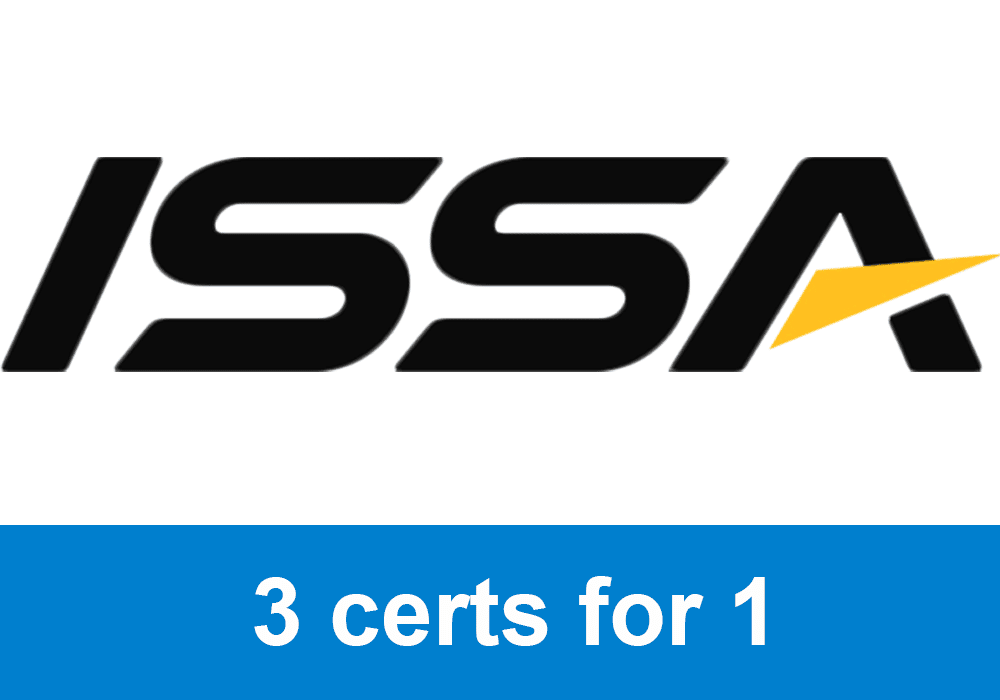 | Best Online NCCA Cert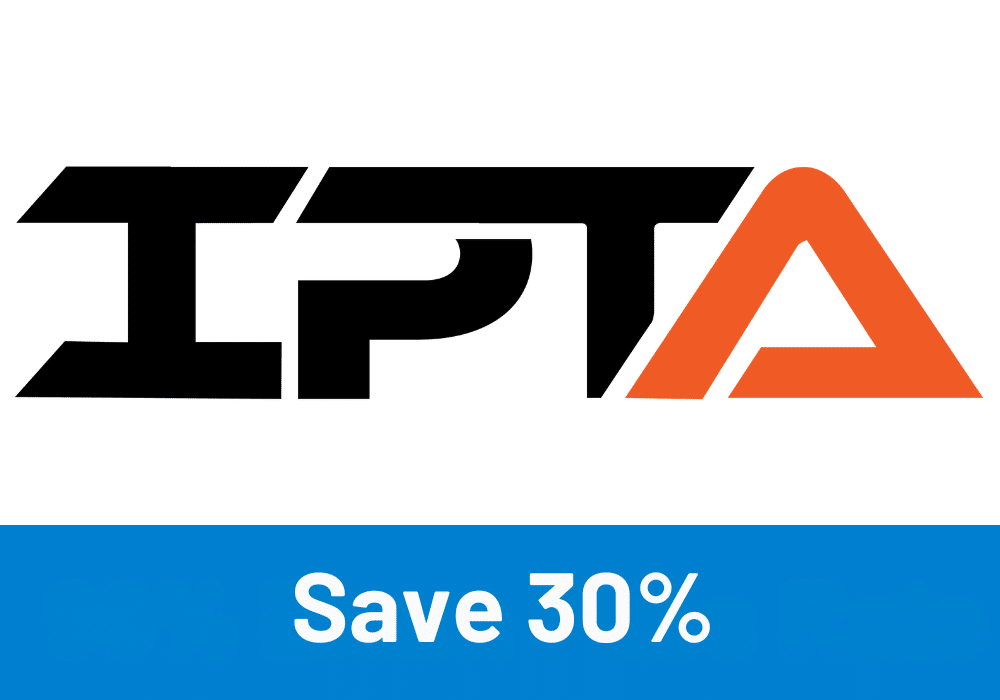 | Best Study Materials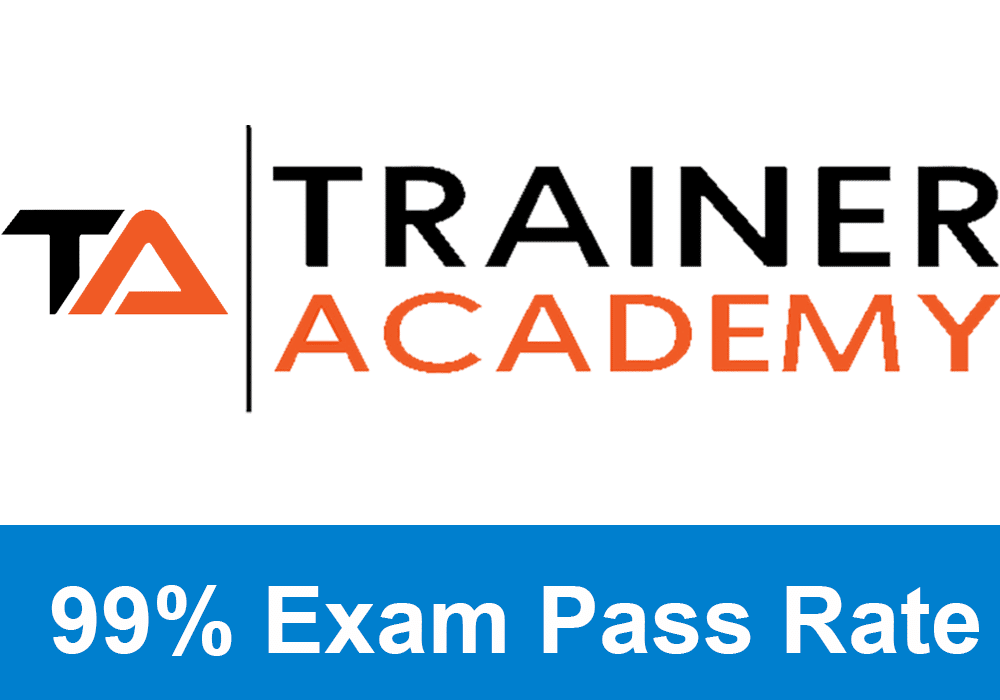 |
Gold Standard Cert | A Good Option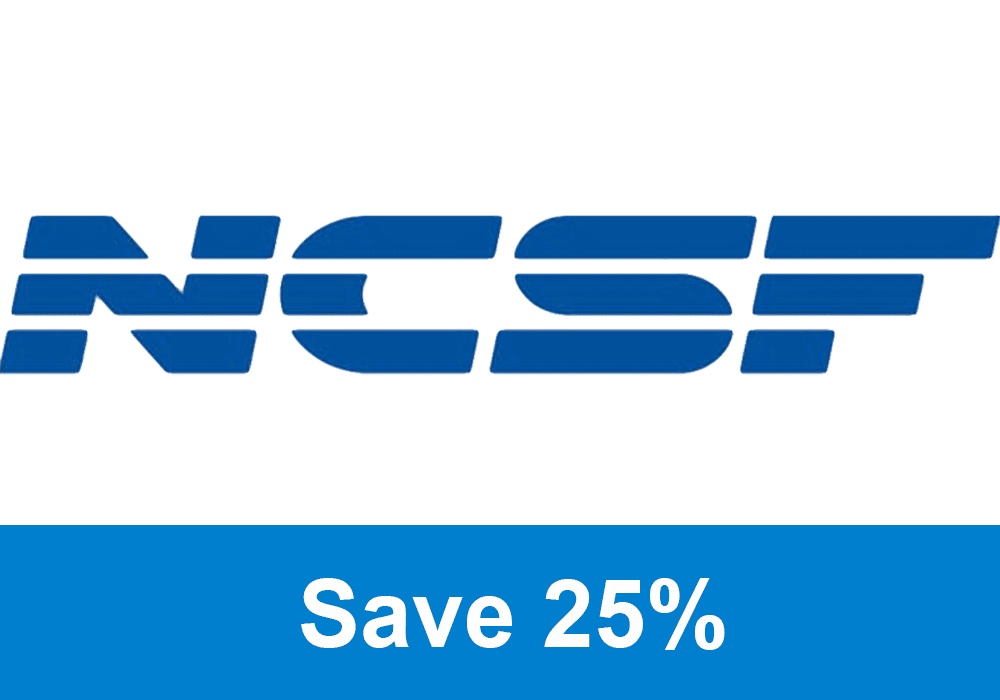 | Best CPT for you? 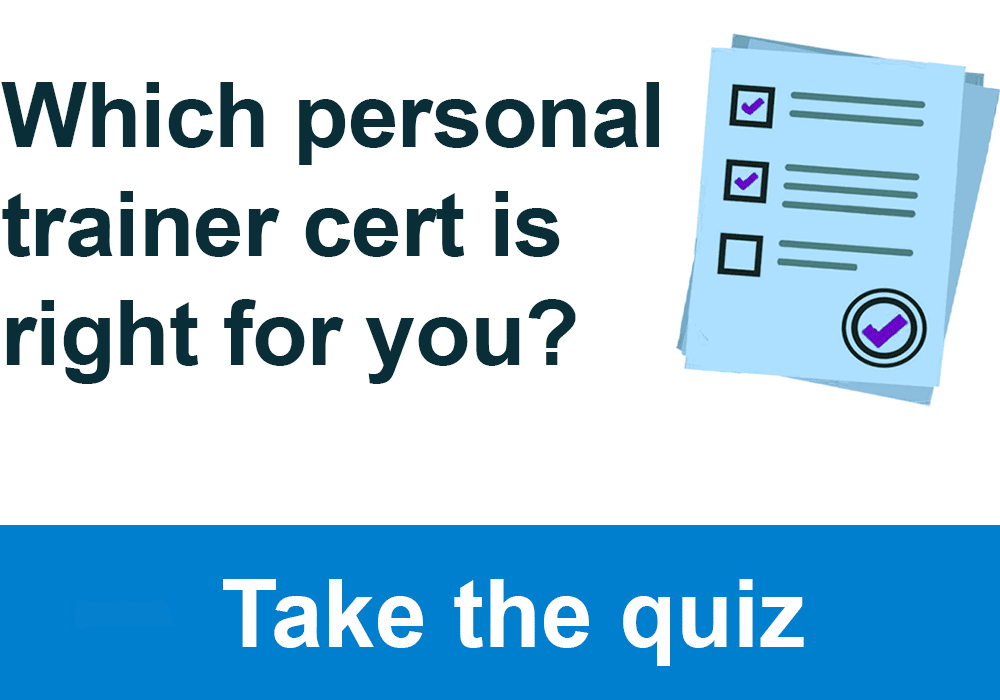 |
That being said, here is a brief warm-up routine you could use with a client:
General Warm-Up
- Light Cardio Exercise (5-10 minutes):
- Activities: Jogging, cycling, or jumping rope.
- Purpose: Increase heart rate, blood flow, deep muscle temperature, respiration rate, and viscosity of joint fluids. This helps prepare the body for more demanding physical activity by increasing flexibility and reducing muscle stiffness.
Specific Warm-Up
- Dynamic Stretches (5-10 minutes):
- Arm Circles: Perform large circles with your arms, both forward and backward, to warm up the shoulder joints.
- Shoulder Shrugs: Raise your shoulders towards your ears and then lower them, repeating the motion to loosen up the shoulder muscles.
- Torso Twists: Stand with feet shoulder-width apart, twist your torso from side to side to warm up the spine and core.
Once you’re ready, make sure to choose a lighter weight that the client can move for 20 complete reps. This is a movement assessment, not a strength assessment.
NASM Pushing Assessment Techniques and Protocols
![Pushing Assessment NASM Guide [year]: Step-by-Step Tips 6 NASM textbook showing an exerciser performing the correct form for the NASM pushing assessment](https://www.ptpioneer.com/wp-content/uploads/2024/07/NASM-pushing-assessment-form.jpg)
To perform the NASM pushing assessment, start by ensuring proper body alignment and positioning. Stand with your feet shoulder-width apart in a split stance with toes forward.
Knees should be pointed forward (so no knee valgus).
Have the client bring the handles up to their chest, and press forward until their elbows are fully extended before returning to the start position.
Make sure to view the movement from the side, so you can view the 5 kinetic chain checkpoints (foot and ankle, knees, LPHC, shoulders, head and neck).
Have the client complete 20 reps while you view the movement, making sure that they maintain a neutral spine and level shoulders.
The goal is to look for any deviations from correct posture and form.
Have your client focus on activating the muscles in their chest, shoulders, and triceps while keeping a controlled and steady pace. Pay attention to any imbalances or limitations in range of motion throughout the movement.
Make sure to pay close attention to compensations such as shoulder elevation, head jutting forward, and lower back arching. These deviations can indicate specific muscle imbalances and movement dysfunctions. Consider these dysfunctions as opportunities for you and your client to fix over time.
Exclusive PTP CPT Offers |
||
|---|---|---|
Most Popular Cert | Best Online NCCA Cert | Best Study Materials |
Gold Standard Cert | A Good Option | Best CPT for you?  |
If you approach mobility issues as worthy challenges to overcome rather than as “problems,” you instill a healthy attitude of self-actualization in your clients, which will lead to success and give your students more agency over their bodies.
Common Muscle Imbalances and Dysfunctions Associated with Pushing Movements
Key Muscles and Joints Involved
Muscles
- Pectoralis Major: Primary muscle involved in pushing movements.
- Deltoids: Assists in shoulder flexion and stabilization.
- Triceps Brachii: Responsible for elbow extension.
- Serratus Anterior: Stabilizes the scapula against the thoracic wall.
Joints
- Shoulder: Ball-and-socket joint allowing multi-directional movement.
- Elbow: Hinge joint facilitating flexion and extension.
- Wrist: Complex joint enabling various hand positions.
Common Compensations and Their Implications
Shoulder Elevation
- Indication: Overactive upper trapezius and underactive lower trapezius.
- Implications: May lead to shoulder impingement and neck pain.
Head Jutting Forward
- Indication: Overactive sternocleidomastoid and underactive deep cervical flexors.
- Implications: Can cause neck strain and reduce movement efficiency.
Lower Back Arching
- Indication: Overactive erector spinae and underactive core stabilizers.
- Implications: Increases the risk of lower back pain and injury to the lumbo-pelvic-hip complex (LPHC).
Practical Tips for Improving Assessment Accuracy
- Video Recording: Record the client’s performance to review their form in detail later. This can help identify subtle deviations not easily noticed in real-time.
- Bilateral Comparison: Compare the movement patterns of both sides of the body to identify asymmetries that might indicate muscle imbalances.
- Clear Instructions: Provide clear, step-by-step instructions and demonstrate the movement before the client performs it. Ensure they understand the importance of each step.
- Consistent Environment: Conduct the assessment in a consistent environment to minimize external variables that could affect performance.
- Client Feedback: Encourage clients to provide feedback on their sensations and difficulties during the assessment. This can offer insights into their movement patterns and potential issues.
Other pushing assessments
If you don’t have a standing cable press available, you can use a standard push-up movement and look for similar movement dysfunctions. The main limitation of using a push-up is that some clients may not be able to perform a full push-up because of lack of strength or excessive body weight.
Your third option is to use either a dumbbell chest press or a seated plate-loaded machine chest press. However, I would caution using these last resort options over the NASM standing cable press for a few reasons.
Dumbbells usually require spotting and a bit of technique, which means it’s harder to view the exercise from the side. Machines are a safer alternative and you can view them easily from the side, but the lack of stabilization required to perform the movement means that you might be getting as accurate a picture of the client’s stability issues as you would with a cable machine.
NASM Corrective Exercises for Improving Pushing Performance
So, now that you’ve taken a client through the NASM pushing assessment, you should have a clear indication of which muscles may be overactive or underactive, and you can begin using exercises to correct these issues using proper exercise programming.
If a muscle is underactive, then either the antagonist, or a synergist is providing the compensation. Over time, this leads to movement impairments.
Step 1: Inhibit
The first step in correcting muscle imbalances is to inhibit overactive muscles using techniques such as self-myofascial release (SMR). This helps reduce muscle tension and activity in the overactive muscles.
Use a foam roller or massage ball to apply pressure. Roll slowly over the muscle, pausing on any tender spots for about 30 seconds.
Step 2: Lengthen
After inhibiting the overactive muscles, the next step is to lengthen them through static stretching. This helps to increase flexibility and reduce tension.
Perform a static stretch. Hold the stretch for 30 seconds.
Step 3: Activate
Activating the underactive muscles involves performing isolated strengthening exercises to improve their strength and endurance. This helps to restore balance between muscle groups.
Step 4: Integrate
The final step is to integrate improved muscle function into functional movement patterns. This involves performing exercises that engage multiple muscle groups and mimic everyday activities.
Example Corrective Exercise Program for Overactive Upper Trapezius and Underactive Lower Trapezius
Phase 1: Inhibit
- SMR on Upper Trapezius: 30 seconds
Phase 2: Lengthen
- Static Stretch for Upper Trapezius: 30 seconds hold
Phase 3: Activate
- Prone Floor Scaption: 10-15 reps with a 2-second isometric hold and 4-second eccentric contraction
Phase 4: Integrate
- Ball Combo with Cervical Retraction: 10-15 reps under control
By following these steps, individuals can effectively correct the muscle imbalances between the overactive upper trapezius and the underactive lower trapezius, leading to improved posture, reduced pain, and enhanced overall function.
Conclusion
The NASM pushing assessment is an invaluable tool for personal trainers, enabling them to identify and correct muscle imbalances and compensations in their clients. Mastering this assessment not only enhances client performance but also increases your chances of passing the NASM certification exam. By following the steps outlined in this guide, you’ll be well-equipped to conduct effective assessments and deliver superior training outcomes.
The pushing assessment is only one part of the personal trainer NASM toolkit. Other movement assessments, like the overhead squat assessment, the single leg squat assessment, and pulling assessment can give you a clearer picture of a client’s mobility and stability.
The fitness professional should always use all the 4 major movement patterns to establish a clear picture of their client’s mobility: push, pull, squat, hinge, along with using tests to assess a person’s strength in all planes of motion (sagittal, transverse, and frontal).
People need to be able to lunge, bend, and twist in daily life, and if they’re too tight to do so, their quality of life diminishes greatly.
By using accurate and repeatable assessments, you will be able to prevent problems that can lead to excess muscle and joint stress, which then leads to injury over time. Your job is to help your clients achieve their fitness goals, and live a healthier life, and the NASM pushing assessment is one of your tools to be able to do that.
NASM Pushing Assessment FAQs (Frequently Asked Questions)
What is the NASM pushing assessment?
Why is the NASM pushing assessment important?
What muscles are involved in the pushing assessment?
How can I improve my accuracy in conducting the assessment?
How often is it recommended to reassess clientele?
Which movement assessment is a good assessment of a client’s balance during movement?
What should be the first step in a client’s program after the assessment?
What are the five kinetic chain checkpoints to observe during exercise?
When is the best time to perform physiological assessments?
What is the overall purpose of the mobility assessments?
At what point should a client’s first exercise program be designed?
What are fitness assessments designed to do?
References
- Clark, M. A., Lucett, S. C., Mcgill, E., Montel, I., & Sutton, B. (2018). NASM essentials of personal fitness training. Burlington Jones & Bartlett Learning.
- Fahmy, R. (2022). NASM Essentials of Corrective Exercise Training. Jones et Bartlett Learning.

 Have a question?
Have a question? 
hello I wanna ask about the whole guide you have for NASM , I want it as paper guide I already have it on the website .. how can I get or I can buy it somewhere ?
Hey Reem, I do not have the guide in book form, but you could print off the pages if you wanted. A lot of customers find it best to save the homepage for easiest access. I will take that suggestion of a printable guide into account for future changes to the site. Thank you!